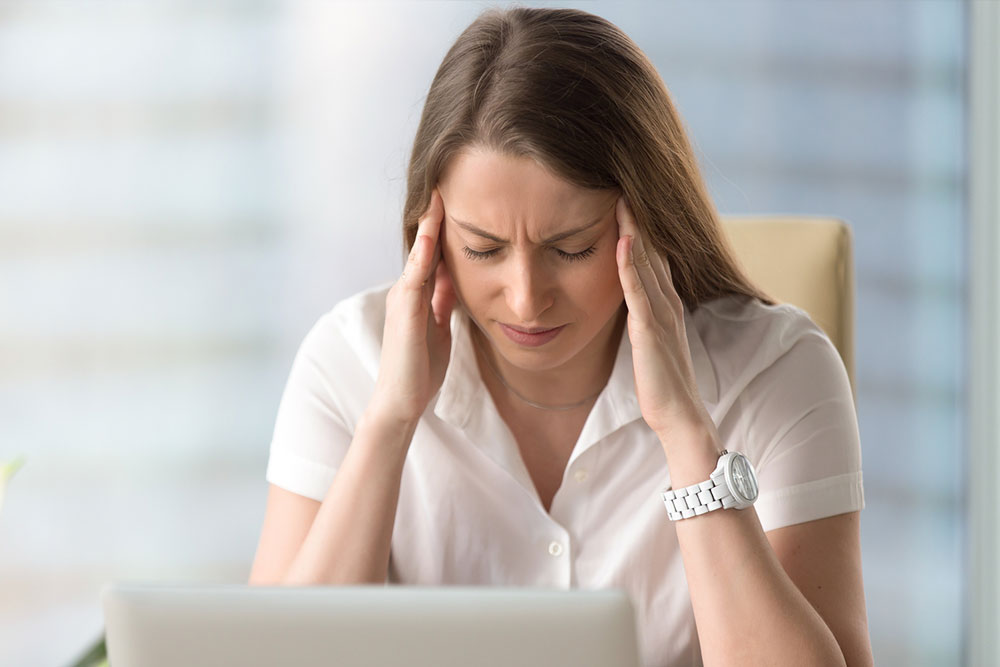12 Common Factors That Could Trigger Migraines
According to the Migraine Research Foundation, 1 in 4 households in the country have someone who suffers from migraines. This number includes around 10% of all children in the country. Despite advances in neurology, migraine is a health condition that is still poorly understood. What neurologists agree on is that migraines are set off by sensory triggers. These triggers, however, differ from individual to individual. If one suffers from migraines, understanding the triggers is very important so as to avoid them and mitigate them. Some of the top migraine triggers have been explained in brief below:
Food
Foods with strong smells and flavors are some of the common migraine triggers for many people suffering from migraines.

Changes in the weather
Weather change is one of the most common causes of chronic migraines. Some of the factors that can cause a migraine are changes in barometric pressure, high heat, and humidity. This also happens when a migraine sufferer moves to a new location where the weather is different.
Such triggers are difficult to avoid since the weather is uncontrollable. Common coping tactics include staying indoors in an air-conditioned room as well as scheduling activities according to weather forecasts.
Stress
According to the American Migraine Foundation (AMF), around 70% of migraine sufferers cite stress as one of the top migraine triggers. For a good number of migraine sufferers, this is a vicious cycle. Getting worried about migraine attacks can bring on anxiety and worry which can elevate stress level and trigger a migraine. Avoiding stress triggers involves coming up with stress management techniques like meditation or listening to soothing music.
Hormonal changes
Data shows that women are more prone to migraine attacks than men. Women also suffer from a menstrual migraine phenomenon wherein migraines are triggered by hormonal changes during menses. Avoiding this trigger involves using birth control methods.
Sharp smells
Sharp smells from perfumes, gas smoke, and industrial chemicals are among the top migraine triggers. A significant percentage of migraine sufferers also suffer from osmophobia, which is an aversion to sharp smells. This trigger is also tricky to avoid. However, a nose mask can be worn in locations where sharp smells are prevalent.
Strong light
A strong lighting system causes migraine headaches. Almost all migraine sufferers report strong light to be one of the prominent causes of migraine headaches. Indeed, a large percentage of migraine sufferers also suffer from photophobia, which is an aversion to light. One can try and avoid strong light by wearing sunglasses when outdoors and using low wattage lights when indoors.
Loud sounds
Throbbing music and high decibel noises can overwhelm the hearing senses and trigger migraines. It is a common factor that causes chronic migraines. This can be avoided by refraining from visiting noisy places.
Caffeine and alcohol
Intake of alcohol and caffeine are associated with changes in neurological activity. Some people report that only a certain type of alcohol is a trigger, for example, red wine. Products that contain caffeine like energy drinks will also trigger migraines in caffeine sensitive people. People who suffer from migraines should ensure to avoid consuming caffeine and alcohol.
Dehydration
Although dehydration causes general ill-health in everyone, migraine sufferers are more affected by dehydration. This could be caused by hot weather conditions, alcohol consumption, heavy exercises, and drinking less water. Staying adequately hydrated is the way to avoid this trigger. Carrying a bottle of water is very handy.
Sleep disorders
Many migraine sufferers report attacks coming on very late at night to early morning hours. This is also a self-perpetuating cycle that causes chronic migraines. Lack of adequate sleep prevents good rest and brain repair. This causes elevated stress levels and a higher occurrence of migraines. One can avoid this trigger by following a sleep schedule religiously.
Medical triggers
One type of a migraine is a medication-overuse headache that occurs when one is on a prolonged medical prescription, usually more than 10 days. It is important to talk to the doctor about the condition when getting prescriptions.
Strenuous physical activity
Engaging in strenuous physical activities has been observed to trigger migraines. This is more so when it is accompanied by dehydration. Taking breaks when engaging in physical exercises or activities helps avoid this trigger.
A migraine headache can sometimes be disabling as it could cause immense pain and discomfort while being sensitive to light and sound. One can try and control the symptoms by effectively following a treatment method. Moreover, one can try and lower the risk of developing migraine headaches by trying and avoiding or eliminating the common causes.

